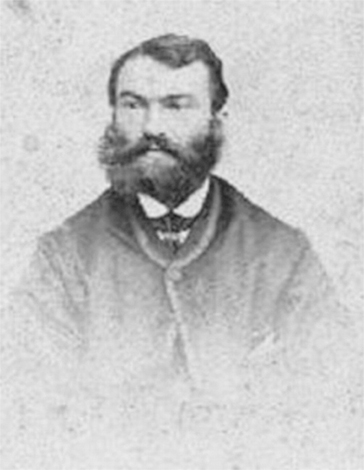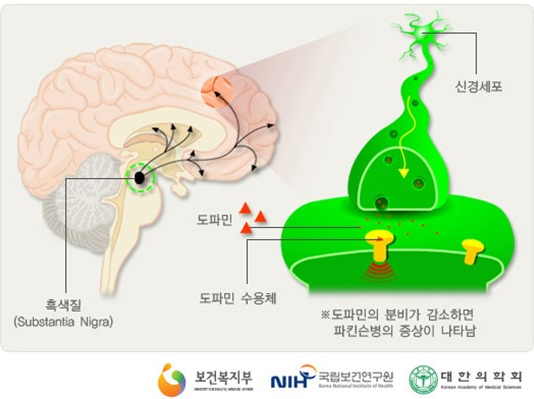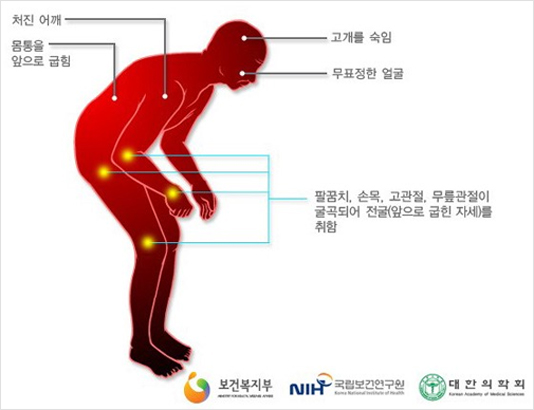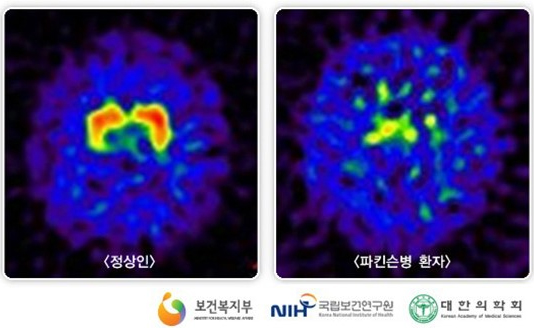Let's make a society that encourages, protects, cares, and cares for each other.
The 264th Pope John Paul II (1920-2005), former U.S. President Ronald Reagan (1911-2004), and legendary boxer Muhammad Ali all had "Parkinson's Disease" in common.
Parkinson's disease is a degenerative neurological disorder that causes the body to tremble, harden, and walk disorders as nerve cells that secrete certain neurotransmitter (dopamine) in the brain die.
It is considered one of the top three elderly brain diseases in the world along with dementia and cerebral apoplexy.
Ali, who is famous for "flying like a butterfly and shooting like a bee," appeared as the last torchbearer at the 1996 Atlanta Olympics.
Shaking all over, viewers around the world applauded as he ignited the torch. Born in 1942, Ali suffered serious boxing aftereffects.
It was well known that he had Parkinson's disease, which has damaged the brain's nervous system since 1984, when he was relatively young.

Pope John Paul II

U.S. President Ronald Reagan

Muhammad Ali ignites the torch

Every year, April 11 is World Parkinson's Day. James Parkinson, a British doctor
(James Parkinson, 1755-1824) first reported Parkinson's disease to academia in 1817. To celebrate this, his birthday, April 11, was established as World Parkinson's Day.
The symbol of Parkinson's disease, "Red Tulip," is used as a symbol of Parkinson's disease-related societies and associations around the world.
It originated in 1981 when a Dutch gardener with Parkinson's disease named Dr. James Parkinson on his own improved red tulips for the International Year of Disabled People.
As the red tulips were adopted as a symbol of Parkinson's disease at the 9th World Parkinson's Day Conference in Luxembourg in 2005, the red tulips have become widely used around the world as a symbol of Parkinson's disease patients and their families.
One of the major international events is the World Parkinson Congress, which is held every three years. It is a place where medical staff, pharmaceutical circles, journalists, patients and family members from all over the world gather to share the latest information on Parkinson's disease. It will be led by the World Parkinson's Coalition, which was formed in 2004 to help international information exchanges on Parkinson's disease and enhance the rights and interests of patients.
The first World Parkinson's Conference, held in Washington in 2006, was the first of its kind to bring together experts and organizations from various fields surrounding Parkinson's disease, with more than 3,000 participants from 56 countries participating. The second meeting was held in Scotland in 2010 and the third in Montreal, Canada in 2013. The 4th World Parkinson's Conference was held in the U.S. state of Oregon in 2016.

Parkinson's disease is a degenerative neurological disorder caused by the death of nerve cells that secrete dopamine, a neurotransmitter in the brain. There are symptoms of shaking hands and feet (shaking), stiffening (hardening), slow action (exercise), poor speech, facial expression, and poor walking (walking disorder). It hurts as your shoulders or back are crushed, your whole body hardens, causing discomfort or pain, and if you have progressed a lot, you may fall and get hurt.
Parkinson's disease is one of the three major senile brain diseases along with dementia and stroke. Although the exact cause of Parkinson's disease has yet to be determined, the most commonly accepted 'multi-personality hypothesis' is that genetic and environmental factors cause interaction.
Most Parkinson's patients develop without a family history, but about 10 percent of them develop familial Parkinson's disease. According to data from the National Health Insurance Service, the number of patients with Parkinson's disease increased from 37,798 in 2004 to 92,721 in 2013. The number of patients is expected to continue to increase due to the aging society.


The tremors in Parkinson's disease are mainly those in stable condition, characterized by being present when sitting still or not exercising.
Also, it shows asymmetry that starts first on one arm or leg.
Characteristically showing movements that seem to rub the thumb and the second finger, and often seen throughout the arms and legs, sometimes on the chin, tongue, or head.
Temporarily disappears when acting; reappears when stabilized.
It disappears during sleep, but becomes worse when excited, and appears continuously when the disease develops.
Slow movement is the most typical Parkinson's disease symptom, with slower behavior and smaller amplitude of exercise.
As the overall behavior slows down and facial expressions decrease, the voice becomes smaller and thinner, and when writing, the font size becomes smaller when writing.
It is a condition in which the body stiffens and gives the impression that it is moving like a robot when exercising.
Resistance increases when the joint is moved passively. When the examiner moves the patient's joints, he or she feels stiff and inflexible.
The whole body is bent, showing a restless posture. Posture abnormalities can also cause walking disorders, which refer to cases where it is difficult to get back on your feet once you sit down, where the first movement of your steps is not easy, and when you are restless, you are hesitant to act for the first time.
On the other hand, once you start walking and go a little further, the pace of walking will gradually increase, and later, you may run off and fall forward.